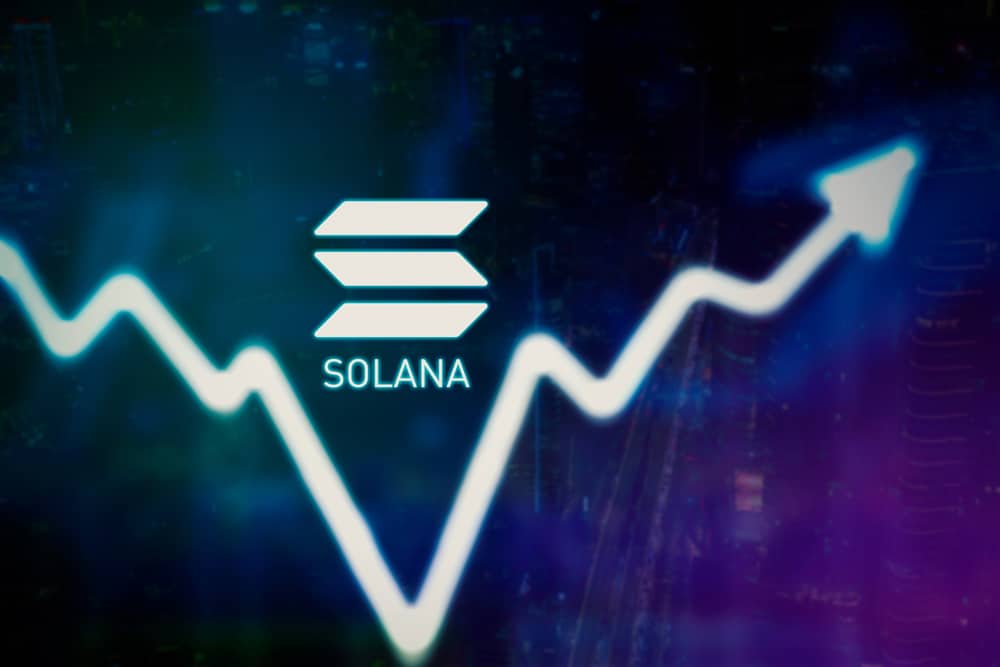In 2024, the landscape of cryptocurrency investment and earning continues to evolve, with Solana (SOL) standing out as a prominent option for those looking to engage with the blockchain ecosystem actively.
Unlike traditional cryptocurrencies that rely on Proof of Work (PoW) consensus mechanisms, such as Bitcoin, Solana employs a Proof of Stake (PoS) model, creating unique opportunities and methods for users to earn rewards. This guide delves into the nuances of staking Solana, offering a comprehensive roadmap for prospective stakers.
Understanding Solana’s Consensus Mechanism
Solana’s adoption of the PoS model signifies a departure from the energy-intensive mining processes associated with PoW systems. In Solana’s ecosystem, there are no miners but validators and delegators, who play pivotal roles in maintaining the network’s integrity and security.
Validators are responsible for generating new blocks and verifying transactions, with their influence determined by the amount of SOL they stake. Delegators, possessing fewer resources or inclination to act as validators, can nonetheless contribute by delegating their SOL to a validator of their choice, sharing in the rewards generated through this process.
How to Stake Solana
Staking SOL involves a few critical steps that participants must navigate to start earning rewards. Here’s a breakdown of the process:
Step 1: Creating a Stake Account
First and foremost, stakers must create a dedicated stake account on the Solana blockchain to hold their staked SOL. This involves transferring SOL to a wallet and then using the wallet’s interface to navigate to the staking section, where you can initiate the creation of a new stake account and allocate the desired amount of SOL.
Step 2: Choosing a Validator
Selecting the right validator is crucial for optimizing staking rewards and contributing to the network’s security. Factors to consider include the validator’s uptime, community reputation, and the geographic distribution of their nodes. Platforms like Solana Beach provide insights into validators, aiding in this decision-making process.
Step 3: Delegating SOL Tokens
With a validator chosen, the next step is to delegate your SOL. This is typically done within your wallet’s staking interface by selecting the delegation option, choosing your validator, and confirming the transaction, which may include a nominal fee.
Step 4: Earning and Monitoring Rewards
Once staked, your SOL begins to earn rewards automatically, distributed at regular intervals and often compounded back into your stake. It’s important to regularly check your rewards and stay informed about your validator’s performance and any significant changes in the Solana network.
Choosing the Right Platform for Staking Solana
When deciding where to stake Solana, options include both cryptocurrency exchanges and non-custodial wallets. Each offers a balance of convenience, security, and control, with popular choices including:
- Cryptocurrency Exchanges: Platforms like Binance and Coinbase offer user-friendly staking experiences, though they may come with lower returns and less control over your staking choices.
- Non-Custodial Wallets: Wallets such as Phantom and Solflare provide more direct control over staking decisions and potentially higher rewards but require a greater degree of technical engagement.
Things to Consider Before Staking
Before diving into staking Solana, there are several key considerations:
- Staking Method: Balance convenience against control and potential returns. Exchanges are simpler but may offer lower rewards, while non-custodial wallets offer greater control and higher potential rewards but require more knowledge and responsibility.
- Lockup Periods and Fees: Be aware of any restrictions on withdrawing your staked SOL and any associated fees.
- Risk Management: Cryptocurrency markets are inherently volatile. Conduct thorough research, never share private keys, and be prepared for the risks involved in staking.
Conclusion
Staking Solana in 2024 presents a promising avenue for earning rewards within the cryptocurrency space, leveraging the PoS consensus mechanism for a more energy-efficient and participatory approach to blockchain security.
By carefully selecting a validator, choosing the appropriate platform for staking, and staying informed about the Solana ecosystem, participants can contribute to network health while earning passive income through their SOL holdings. As with all investments, due diligence, and a clear understanding of the risks and rewards are paramount to success in the world of cryptocurrency staking.

